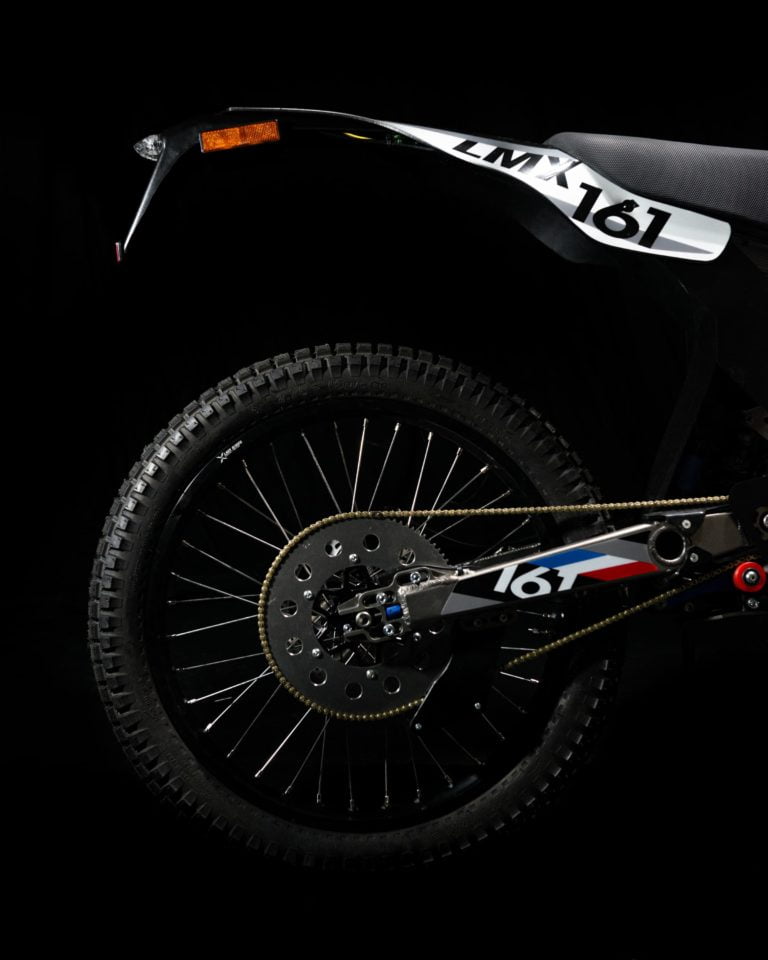Like any pilot, you have maybe already asked yourself these questions :
What are the most common wheel sizes ? What are their characteristics ? Which wheel size should I choose ? Which LMX configuration is best for my practice ?
We have answered all of your wheel questions in this article to help you find the LMX that’s right for you !


Let’s start with the basics : Wheel sizes are expressed in inches as a unit of measurement. Historically, ATVs were equipped with 26″ wheels.
There were not really any other sizes of wheels suitable for individual practices. It was cross country that brought the 29” wheels to the market to provide better grip on the ground.
The 27.5″ wheels then appeared to offer greater versatility and to offer a compromise between 26″ and 29″.
As the 27.5’’ wheels are smaller, they provide more handling and agility, which makes the ride more straightforward and precise.
Smaller people are more comfortable with these kinds of wheels because they have less difficulty turning in narrow passages.
The 27.5″ wheels are logically lighter than larger wheels even though the weight difference decreases.
The 27.5″ wheels provide greater acceleration than larger wheels. Indeed, it is necessary to give more pedal strokes to train the wheels, but it is easier to gain speed thanks to less inertia.
If you practice on all terrains and are looking for versatility, prefer a 27.5″ wheel. Plus, it takes less effort to move forward than a 29″ wheel, especially on unobstructed terrain.
As seen with the 27.5” wheels, the smaller the wheels, the more pedal turns must be provided. Conversely, with a larger 29” wheel, you cover more distance with the same number of pedal revolutions. On the other hand, the acceleration is less important.
Since the contact patch is higher on a larger wheel, it is best to go 29″ if you are riding on rough terrain. The angle of attack is different, it is weaker and lower, so it will allow you to overcome obstacles more easily.
As the wheel sizes are larger, the vehicle is smoother, more comfortable, but less responsive when cornering. Your two-wheeler is then more stable.
Riding with 29” wheels reduces friction on the ground, and therefore offers more performance. Driving performance is therefore optimized.
The three existing LMX platforms each have their own specificities in terms of wheel mounting.
Let’s go back to their different equipment to determine which one is best suited to your practice.
The LMX 64’s front and rear wheels are 27.5″, which corresponds to an enduro-style setup.
A true all-rounder, the LMX 64 adapts to all sizes of riders and can go on all terrains.
Comfortable downhill and uphill, you can overcome all obstacles thanks to the accelerator on the handlebars.
The 26″ front and 19″ rear wheels are a cross-country setup for our ultralight electric motorcycle.
Indeed, having a larger wheel at the front makes it easier to overcome obstacles.
The 29″ front and 27.5″ rear wheels are a typical trial setup. Indeed, having a bigger wheel at the front will make it easier to pass obstacles and have better stability during technical passages.
If you hesitate between the LMX 64 and the LMX 56, it is at the level of your practice that you will have to turn to make your decision.